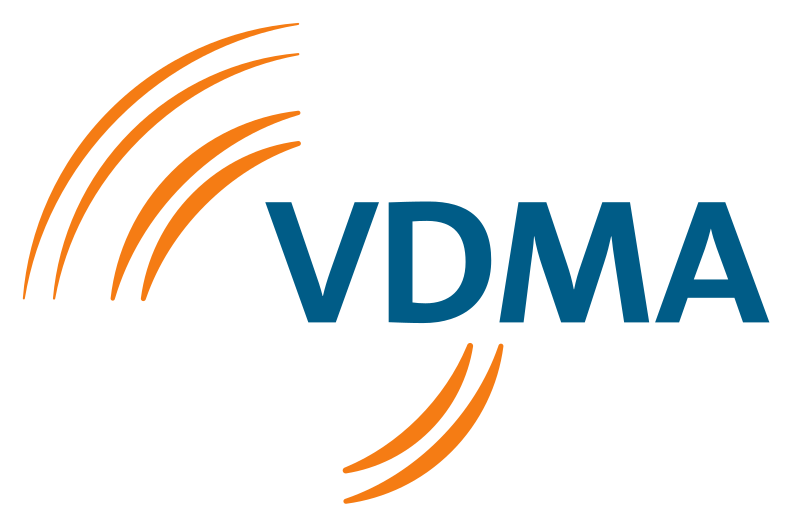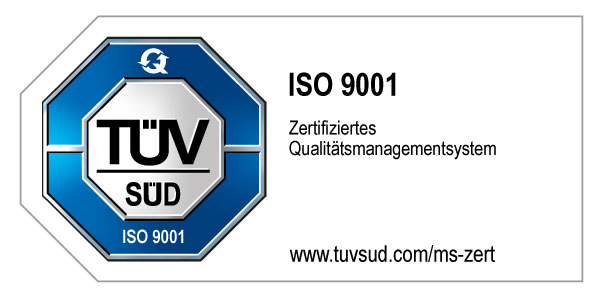Calender
Precise calendering of endless webs
Calendering with the highest precision
Whether rubber or plastic - we not only have the right calender, but even the entire calender line for you!
Calenders are machines used in various industries for smoothing, thickness calibration, coating and finishing rubber and plastic products.
Our calenders process both classic materials such as rubber and future-oriented materials efficiently and to a high quality. Another key feature is the digital control systems, which ensure operational reliability and high quality standards.
How calenders work:
How calenders work:
A calender usually consists of two to four rollers, which can be arranged in different ways. These rollers can be heated and/or cooled. The web to be finished - be it woven, knitted or synthetic fabrics - is passed through the nip, whereby certain effects are achieved through pressure and sometimes heat:
- Smoothing and compacting: The pressure of the rollers smoothes the surface of the material and compacts it as required.
- Thermal process: Heat treatment using heated rollers can be used to apply coatings or permanently change the properties of the material.
- Lamination: Some calendering machines allow two or more different layers of material to be bonded together using pressure and heat.
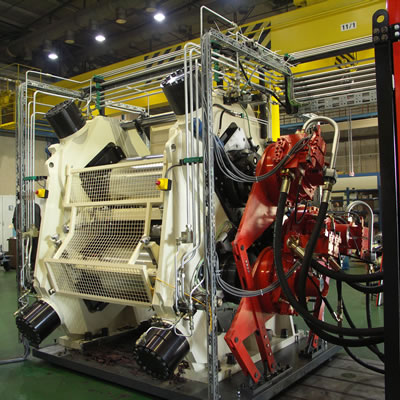
In the rubberindustry , calendering machines play an important role in the production of rubber films and sheets.
The aim of calendering is to optimize the material properties for the intended application. The machines are precisely adjusted to the respective requirements so that the pressure, temperature and speed at which the material runs through the rollers can be precisely controlled.
Our calenders are designed in accordance with the requirements of DIN EN 12301:2019. We can take into account individual safety standards, which generally go beyond the requirements of the generally applicable standard.
The machine components are adapted to your wishes and the respective requirements by our design department:
- Minimal maintenance effort and space requirement
- Easy to operate thanks to central control panel
- High output with high operational reliability
- Variable speed and friction through individual drives
- Hydraulic roller gap adjustment
- Excellent cooling and temperature control through peripherally drilled rollers (optionally also chamber-drilled)
- Overload protection against roller and frame wall breakage through pressure relief valve
- Optional counter-bending or crowning of the rollers
- Various safety systems within the scope of the standard guarantee automatic shutdown in the event of unintentional approach to the rollers
- Optional additional equipment such as cutting unit, material return, bearing clearance compensation, setting...
- Single machine or line arrangement
Popular roller arrangements for calendering:
I-arrangement of the rollers

F-arrangement of the rollers
L-arrangement of the rollers
Z-arrangement of the rollers
Interlinking a calender in the mixing line increases the degree of automation and optimizes the output of the entire line. We offer you both a "modular design" and a special design to adapt to your technological requirements.
We can also provide you with upstream and downstream processes from a single source. Contact us directly for individual information.
space-saving - safe - cost-efficient
Your contact person:


